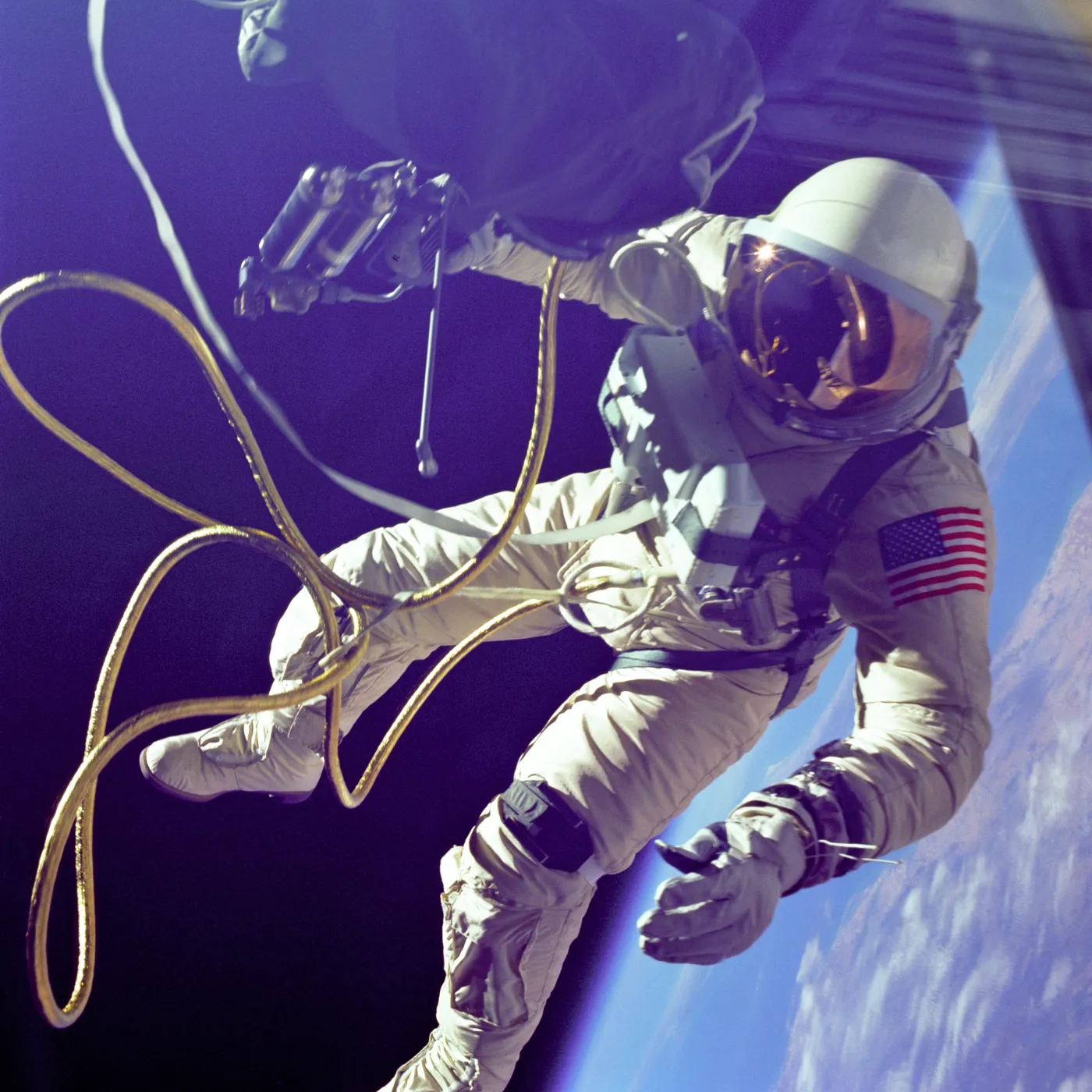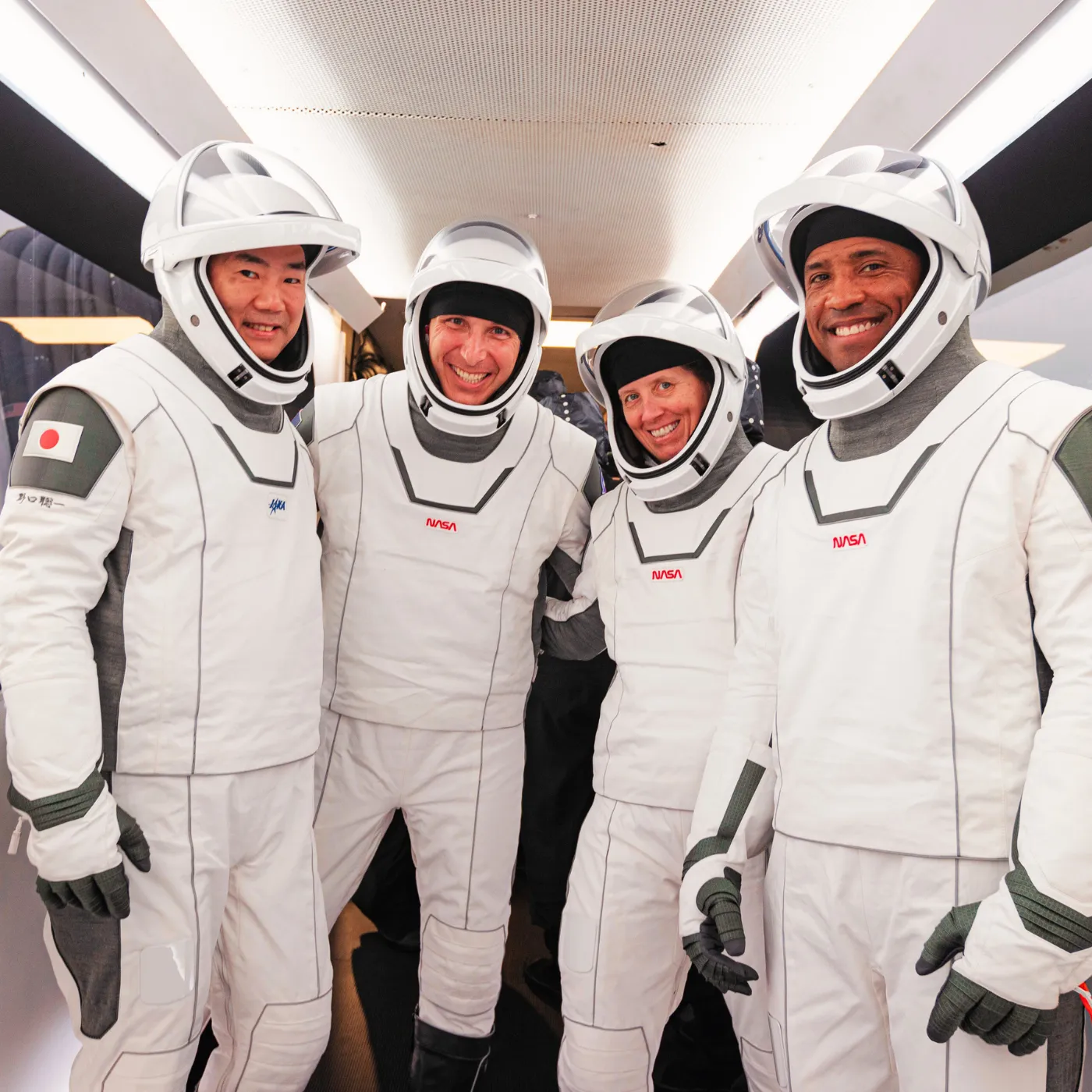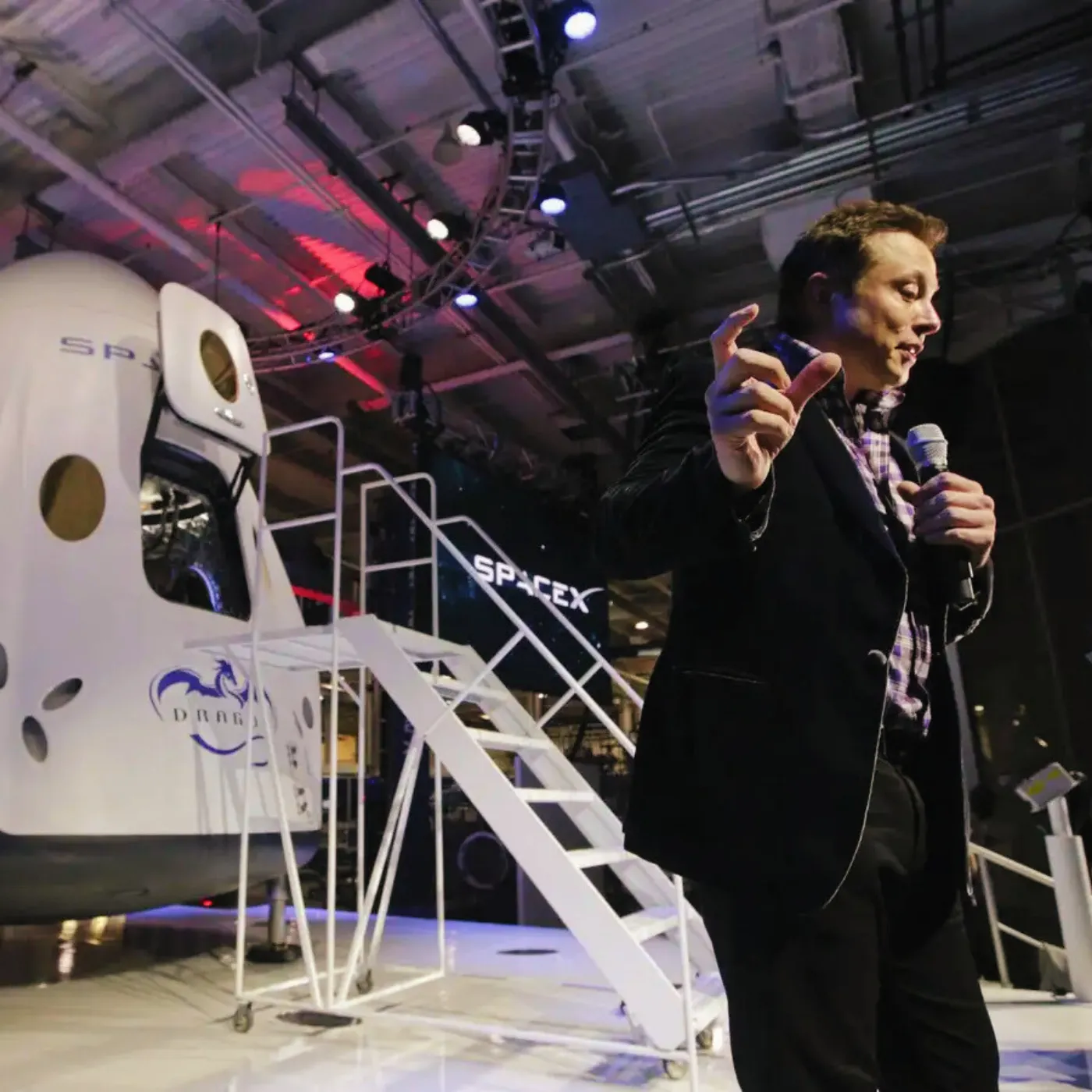What NASA Won’t Tell You: The Terrifying Side of Space Travel!
Space travel has long been a symbol of human achievement and exploration, but behind the grandeur lies a darker, more harrowing reality. While NASA and other space agencies often focus on the successes and discoveries, there’s an untold story that’s far less glamorous. What NASA won’t tell you: the terrifying side of space travel reveals the dangers and challenges astronauts face beyond the Earth’s atmosphere.

1. The Risky Journey to Space
Launching into space is one of the most perilous parts of any mission. Astronauts endure extreme physical and psychological stress during liftoff, as rockets accelerate to speeds exceeding 17,000 miles per hour.
Explosive Risks: Despite rigorous safety measures, rocket launches are inherently dangerous. The smallest malfunction can lead to catastrophic failures, as seen in the Challenger and Columbia disasters.
Physical Strain: Astronauts experience intense G-forces during launch, which can strain the body and cause short-term health issues like dizziness and nausea.
NASA doesn’t emphasize these dangers in public messaging, but they remain a stark reality for those venturing into space.
2. Microgravity’s Hidden Dangers
Life in microgravity may seem fascinating, but it comes with severe consequences for the human body. Prolonged exposure to zero gravity leads to:
Bone and Muscle Loss: Astronauts can lose up to 1% of their bone density per month in space, weakening their skeletal system.
Vision Problems: Fluid shifts caused by microgravity can put pressure on the optic nerves, leading to long-term vision impairments.
Weakened Immune System: Studies have shown that space travel can alter immune responses, making astronauts more vulnerable to illnesses.
What NASA won’t tell you is that these health risks often linger long after astronauts return to Earth.
3. The Psychological Toll
Isolation and confinement in the vast emptiness of space take a significant mental toll on astronauts. Being cut off from family, friends, and the Earth itself can lead to:
Depression and Anxiety: The sense of isolation, combined with the high-stress environment, can trigger emotional struggles.
Cognitive Decline: Studies suggest that prolonged exposure to space radiation can impair cognitive function, impacting decision-making and memory.

Interpersonal Conflicts: Spending months in cramped quarters with the same people can strain relationships, leading to potential disagreements.
NASA works to prepare astronauts for these challenges, but the psychological toll of space travel is often understated.
4. The Threat of Space Radiation
One of the most significant dangers of space travel is exposure to cosmic radiation. Without Earth’s atmosphere and magnetic field to provide protection, astronauts are exposed to harmful levels of radiation.
Increased Cancer Risk: Prolonged exposure to radiation increases the likelihood of developing cancer later in life.
Damage to DNA: Radiation can cause mutations in cells, potentially leading to long-term health issues.
Neurological Effects: Studies suggest that radiation can also impact brain function, increasing the risk of cognitive impairments.
NASA has yet to fully mitigate these risks, especially for long-duration missions like those planned for Mars.
5. Space Debris: A Growing Danger
The increasing amount of space debris orbiting Earth poses a serious threat to spacecraft and astronauts. Traveling at speeds of up to 17,500 mph, even a small fragment can cause catastrophic damage.
- Collision Risks: A collision with space debris can puncture spacecraft, endangering the lives of astronauts.
- Evasive Maneuvers: Satellites and the International Space Station (ISS) often have to adjust their orbits to avoid potential impacts.
What NASA won’t tell you is that the problem of space debris is growing, making every mission more dangerous.
6. The Reality of Spacewalking
Spacewalks, or extravehicular activities (EVAs), are among the most iconic aspects of space travel, but they’re also incredibly dangerous. Astronauts must contend with:
Extreme Temperatures: In space, temperatures can swing from -250°F to over 250°F in minutes.
Equipment Failures: Malfunctions in spacesuits or life-support systems can be fatal.
Micrometeoroids: Tiny particles traveling at high speeds pose a constant threat during spacewalks.
NASA often highlights the achievements of EVAs while downplaying the inherent risks involved.
7. The Challenges of Returning to Earth
The journey back to Earth is just as dangerous as the trip to space. Astronauts face:
Reentry Heat: Spacecraft must withstand temperatures of up to 3,000°F during reentry.
Hard Landings: Despite advancements in technology, landings can still be rough and pose risks of injury.
Post-Mission Recovery: Adjusting to Earth’s gravity after months in space is physically demanding, requiring weeks or even months of rehabilitation.
What NASA won’t tell you is that the effects of space travel can linger long after astronauts return home.
What This Means for Future Space Exploration
As humanity pushes toward Mars and beyond, the dangers of space travel will only intensify. NASA and other space agencies must address these challenges head-on to ensure the safety of astronauts on long-duration missions.

What NASA won’t tell you: the terrifying side of space travel highlights the immense risks and challenges faced by astronauts. From physical and psychological tolls to the ever-present dangers of space radiation and debris, the reality of space exploration is far more daunting than most realize.
While NASA continues to make strides in addressing these issues, the terrifying side of space travel serves as a sobering reminder of the sacrifices made in the pursuit of discovery. As we look to the stars, it’s essential to recognize both the triumphs and the trials of venturing into the final frontier.




Post Comment